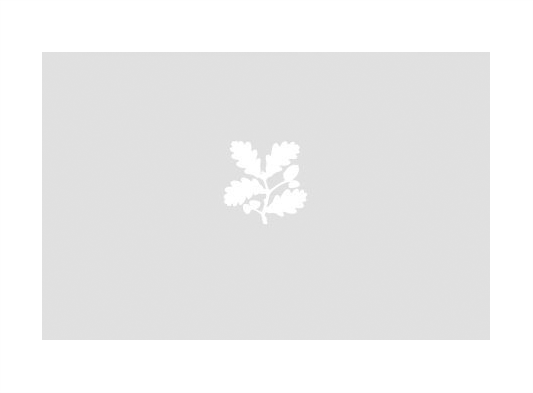Overmantel
Category
Architecture / Interiors
Date
1569
Materials
Walnut and oak
Place of origin
Westmorland (England)
Collection
Sizergh Castle, Cumbria
NT 998729
Summary
A carved walnut overmantel, Westmorland, dated 1569. Topped by a frieze carved with foliated scrolls and at either end with a putto, all flanking a central pediment, formed from a pair of 'S' scrolls, the tympanum carved in high relief with the bust of an 'antique' man, looking upwards. The lower section divided into three bays by unusual reeded Corinthian engaged columns with bulbous reeded plinths. The large central panel carved with the Royal Arms of Elizabeth I, between her supporters of a lion and a dragon, all beneath a crown flanked by a folded riband or banner carved 'VIVAT REGINA' and the date '1569', the ground carved with meandering foliage and roses. The two slender flanking panels both centred by an oval boss in a beaded surround and scroll-edged, beneath Mannerist cornucopia and scrolling foliage and above lion masks. All between full height conforming engaged Corinthian columns. The fire place opening similarly flanked. This is the third of four surviving 16th century overmantels at Sizergh, and is dated to the year that Walter Strickland, who must have commissioned them with his wife, died. It is in what is known now as the 'Queen's Room', but which was William Strickland's Withdrawing Chamber in 1569. It is of extraordinarily high quality. The striking bust to the tympanum of the pediment appears in two other places at Sizergh. First, on the overmantel to the Morning Room, dated 1563, and again on a bed - not on display - NT 998261, which is not dated, but was probably made sometime between 1563 and 1569. The triangular pediment - which is unusual for an English design of this period - appears in designs published by Hans Vredeman de Vries (1527 - c. 1607) around 1588. Too late to be the design source for the Sizergh furniture, however, inspiration may instead have come from the published designs of Cornelis Floris (1514 - 1575) or Jacques Androuet du Cerceau (1510 - 1584). The bulbous columns are reminiscent of 16th century English bedposts, and the Royal Arms, particularly in the rendering of the supporters, follow standard English models. This overmantel, however, was almost certainly made by immigrant Flemish craftsmen, who also worked at other houses in the area.
Provenance
Given by Henry Hornyold Strickland (1890 – 1975) with Sizergh Castle and its estates in 1950.
